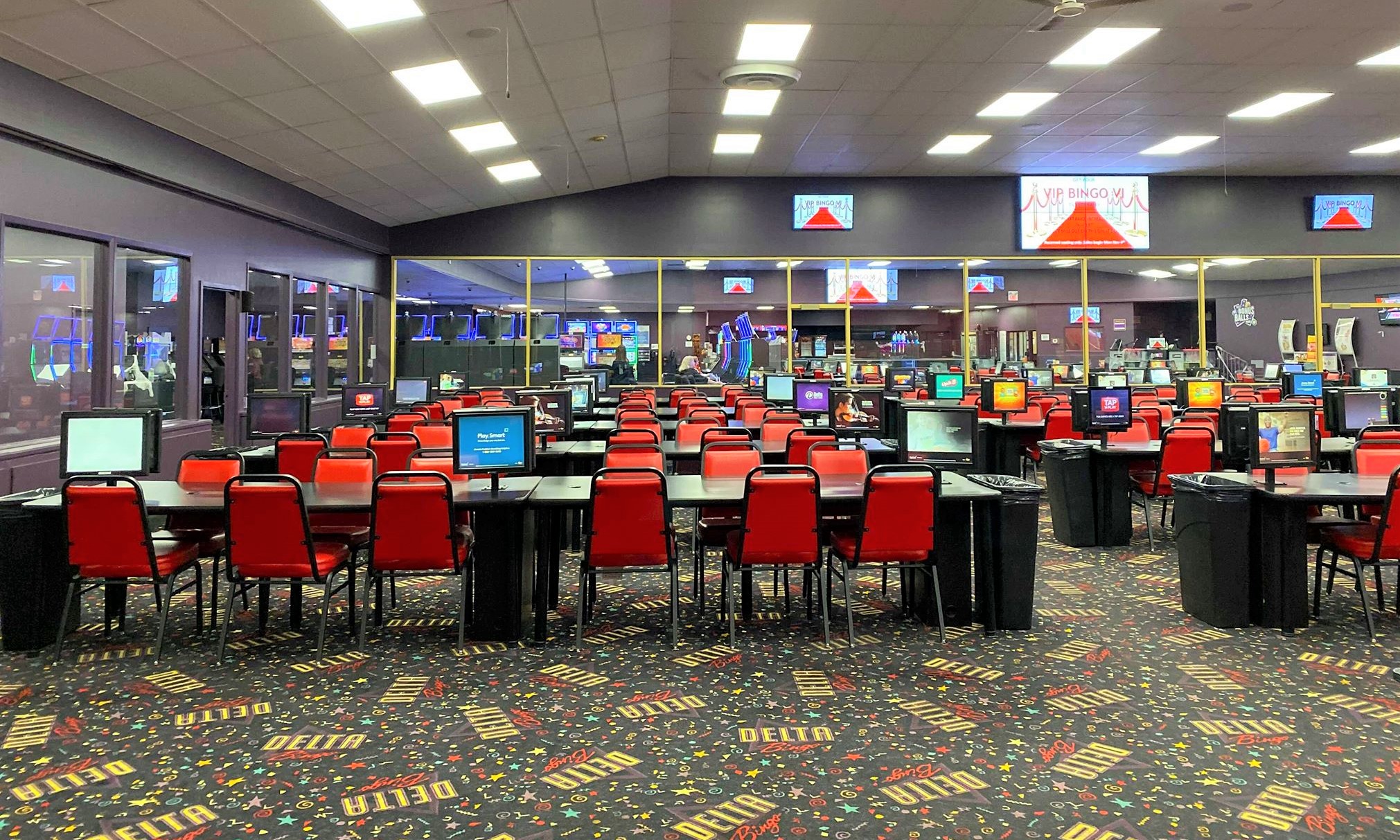Highlighting the Influence of Lighting Circumstances on Movement Detection Precision and Reliability
Highlighting the Influence of Lighting Circumstances on Movement Detection Precision and Reliability
Blog Article
Illumination conditions play a significant impact in the way well we can detect movement. Movement detection is a key aspect of various technologies, such as security cameras, automated lighting systems, and also certain gaming applications. Comprehending how different illumination environments affect our ability to perceive motion can help enhance the development and efficacy of these systems. For example, poor lighting can result in missed movements or false alarms, while ideal illumination can boost the accuracy of motion detection technologies.
In well-lit illumination environments, motion detection is typically more reliable. When there is sufficient light, sensors and cameras can obtain clearer images, which assists in identifying moving objects. Well-lit environments allow for better distinction between the moving object and the background. This differentiation is crucial for both human viewers and automated technologies, as it facilitates it simpler to differentiate between static and moving elements in a setting. Thus, ensuring that areas are adequately illuminated can significantly how to calibrate motion detection improve the effectiveness of motion detection technologies.
Conversely, dim conditions can present challenges for movement detection. In dim environments, darkness can obscure dynamic objects, which makes them hard to detect. Additionally, the eye struggles to detect motion in low light, which can lead to misinterpretation of the situation in the environment. Cameras may also face challenges, as many do not perform well in dim conditions without the use of infrared technology or other improvements. These limitations highlight the significance of sufficient lighting in environments where motion detection is essential.
Moreover, various types of illumination can have different effects on motion detection. For instance, neon lights can flicker, which might mislead motion detection systems that depend on consistent illumination input. On the contrary, great site natural provides a consistent source of illumination that improves clarity. Understanding these variations in lighting types can assist operators in selecting the most appropriate lighting for specific applications, particularly in surveillance and surveillance situations.
In summary, the relationship between lighting conditions and motion detection accuracy is significant. By ensuring that settings are suitably illuminated, we can improve the dependability of movement detection systems. This knowledge not only supports tech uses but also improves safety and security in various environments. As more advancements are made in motion detection technology, considering lighting conditions will continue to be a crucial consideration in enhancing performance and ensuring that these systems work effectively in various conditions.